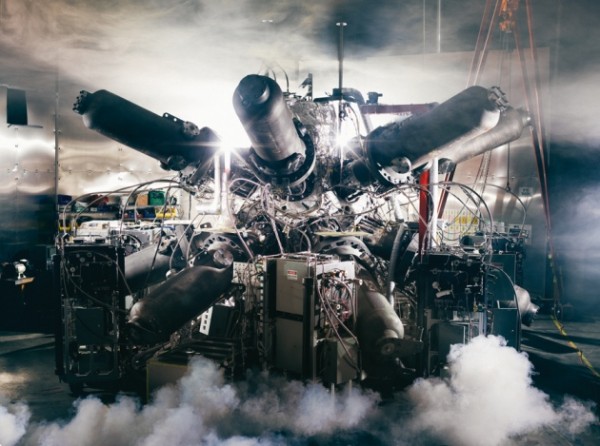The world of fusion is currently dominated by a single project: The International Thermonuclear Experimental Reactor. It is by far the biggest project ever undertaken in the field of fusion, aiming to create a plant capable of producing sustained bursts of 500MW. Unfortunately due to the nature of fusion and the numerous nations involved in the project it’s already a decade behind where it was supposed to be with conservative estimates having it come online sometime in 2027. Now this isn’t an area I’d usually considered ripe for private industry investment (it’s extremely risky and capital intensive) but it appears that a few start-ups are actually working in this area and the designs they’re coming up with are quite incredible.
There’s 2 main schools of thinking in the world of fusion today: inertial confinement and magnetic confinement. The former attempts to achieve fusion by using incredible amounts of pressure, enough so that the resulting reaction plasma is 100 times more dense than lead. It was this type of fusion that reached a criticla milestone late last year with the NIF producing more energy in the reaction than they put into it. The latter is what will eventually power ITER which, whilst it has yet to provide a real (non-extrapolated) Q value of greater than 1 it still has had much of the basic science validated on it, thus providing the best basis from which to proceed with. What these startups are working on though is something in between these two schools of thinking which, potentially, could see fusion become commercially viable sooner rather than later.
The picture above is General Fusion’s Magnetized Target Fusion reactor a new prototype that combines magnetic confinement with aspects of its inertial brethren. In the middle is a giant core of molten lead that’s spinning fast enough to produce a hollowed out center (imagine it like an apple with the core removed). The initial plasma is generated outside this sphere and contained using a magnetic field after which it’s injected into the core of the molten lead sphere. Then pistons on the outside of the molten sphere compress it down rapidly, within a few millionths of a second, causing the internal plasma to rapidly undergo fusion reactions. The resulting heat from the reaction can then be used in traditional power generators, much like it would in other nuclear reactors.
The design has a lot of benefits like the fact that the molten lead ball that’s being used for containment doesn’t suffer from the same neutron degradation that other designs typically suffer from. From what I can tell though the design does have some rather hefty requirements when it comes to precision as the compression of the molten lead sphere needs to happen fast and symmetrically. The previous prototypes I read about used explosives to do this, something which isn’t exactly sustainable (well, at least from my point of view anyway). Still the experiments thus far haven’t disproved the theory so it’s definitely a good area for research to continue in.
Whether these plucky upstarts in fusion will be able to deliver the dream faster than ITER though is something I’m not entirely sure about. Fusion has been just decades away for the better part of a century now and whilst there’s always the possibility these designs solve all the issues that the other’s have it could just as easily go the other way. Still it’s really exciting to see innovation in this space as I honestly thought the 2 leading schools of thought were basically it. So this is one of those occasions when I’m extraordinarily happy to be proven wrong and I hope they can dash my current skepticism again in the not too distant future.



